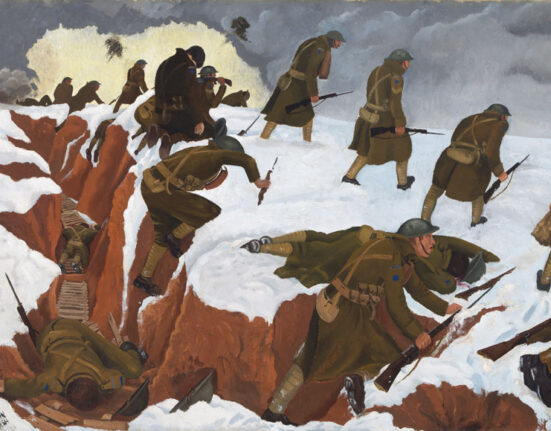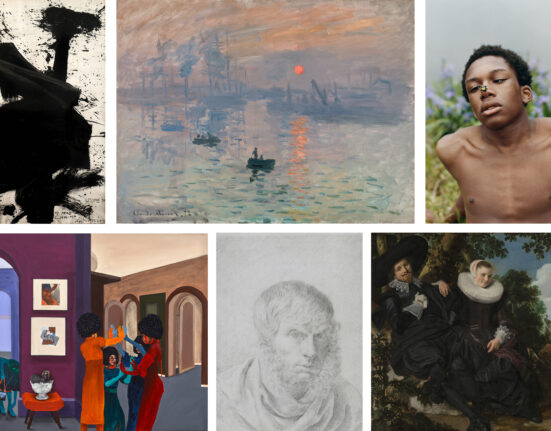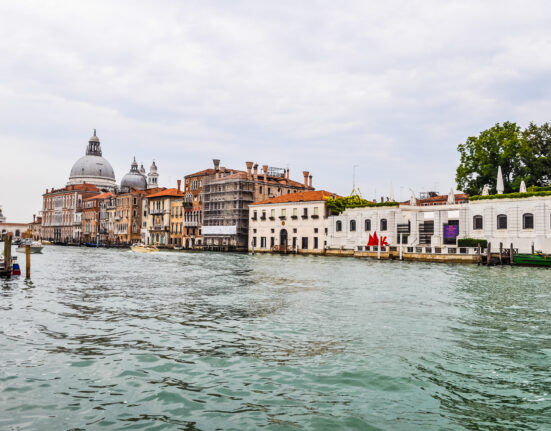Gods, monsters and the femme cheval
For an artist such as Lam, who had left Cuba to study at the San Fernando Royal Academy of Fine Arts in Madrid in 1923, Surrealism was an opportunity to synthesise European modernism with his Afro-Cuban heritage. Soon his paintings abounded with gods and monsters, the most common being a horse-headed woman.
‘The femme cheval is among the most iconic of his images,’ says Latin American Art specialist Kristen France. ‘That horse/woman hybrid bridged the gap between the human and the spirit worlds.’
This intensely creative period was brutally cut short in 1940 when Germany invaded France. Lam and his partner Helena Holzer, who would become his second wife in 1944, joined the exodus of refugees heading south. (Lam’s first wife, Eva Piriz, and the couple’s young son, had both died of tuberculosis in 1931.)
Together with André Breton and his wife Jacqueline Lamba, they took refuge at the Villa Air-Bel, a chateau just outside Marseille which served as a safe house for intellectuals fleeing the Nazis. Evenings were spent playing the parlour game cadavre exquis (‘exquisite corpse’) with other Surrealists while they waited for exit visas.
Escape to Martinique… and Haiti
In March 1941, Lam, Holzer, Breton and Lamba secured a passage to Martinique, from where they hoped to connect with a group of Surrealists who were unsettling Mexico City, among them Leonora Carrington, Wolfgang Paalen and Oscar Domínguez.
In Martinique, Lam failed to get a visa for Mexico and returned to Cuba, deeply disappointed. ‘If you want to know my first impression when I returned to Havana, it was one of terrible sadness… The whole colonial drama of my youth seemed to be reborn in me,’ he said.







